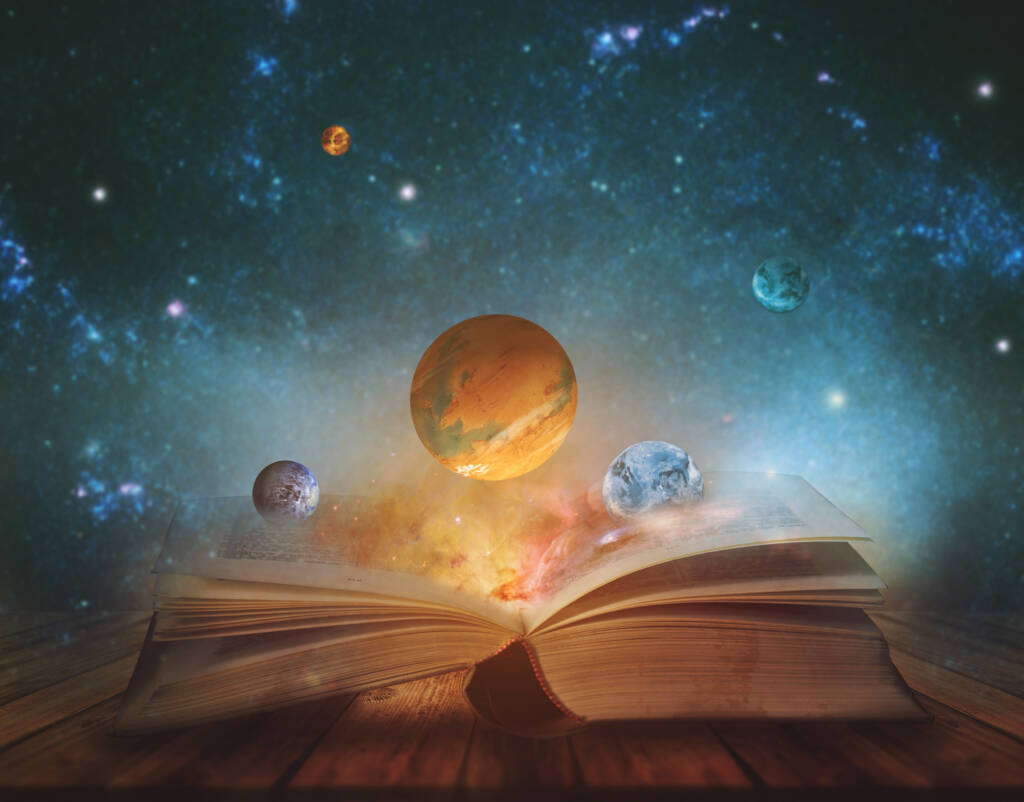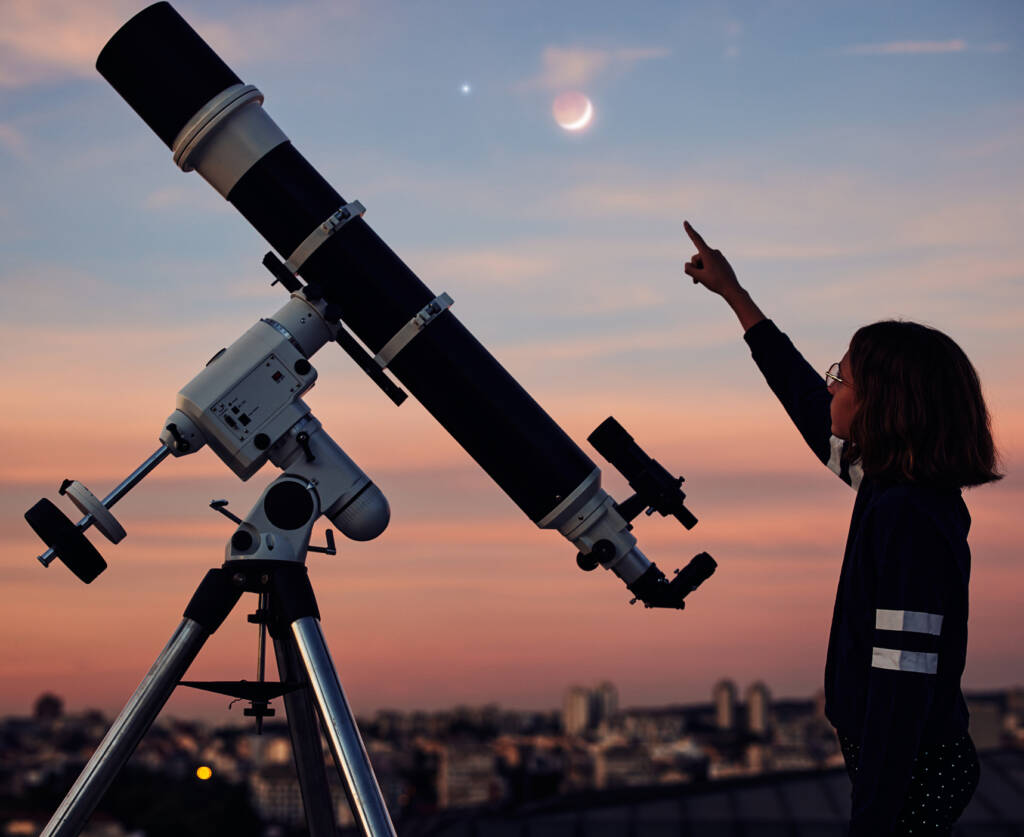
Astronomy 1a

Follow your enthusiasm for space by introducing yourself to the study of astronomy. This course will include topics such as astronomy’s history and development, basic scientific laws of motion and gravity, the concepts of modern astronomy, and the methods used by astronomers to learn more about the universe. Further knowledge is gained through the study of galaxies, stars, and the origin of the universe.
During this course, you will learn career-related skills and earn a badge for this accomplishment. A badge is a digital certification of your career-related learning that you can share on social media and higher education platforms, or with colleges, potential employers, peers, and colleagues. Select this link to learn more about badges.
Major Topics and Concepts
Unit 1: The Universe
- Describe the study of the cosmos.
- Discuss the theory of the origin of the universe.
- Analyze the evidence that supports the Big Bang theory.
- Examine the composition of matter and how it is distributed within the universe.
- Describe the theories of evolution and fate of the universe.
Unit 2: Techniques and Tools of the Trade: Studying the Universe
- Distinguish science from pseudoscience
- Discuss the impact of scientific research on our society
- Follow the steps of the scientific method to conduct an astronomy investigation
- Choose proper tools and follow safety procedures in the field
Unit 3: The Earth, Moon, and Sun Systems
- Learn about the movements of celestial bodies in the sky.
- Describe how the motion of the Earth causes seasons and night-day cycles.
- Identify the characteristics and phases of the moon.
- Explore how the moon’s gravitational pull manipulates tides on Earth.
- Distinguish between a lunar eclipse and a solar eclipse.
Unit 4: Stars
- Describe the composition and characteristics of stars.
- Learn how astronomers identify and describe constellations such as Ursa Major, Ursa Minor, Orion, and Cassiopeia.
- Analyze and characterize stars by their physical and chemical properties.
- Explain the use of diagrams and models in obtaining physical data on stars.
- Examine the evolution of stars.
Unit 5: Galaxies
- Differentiate and describe the types of galaxies within the universe.
- Characterize the Milky Way.
- Identify how galaxies are organized and distributed within the universe.
- Describe the evolution of galaxies.
- Examine the forces that shape galaxies of stars.
Unit 6: The Milky Way
- Find ways to determine the age of the Milky Way
- Discover the oldest planet located in the Milky Way
- Decipher why there are more younger stars than older stars in the galaxy
- Understand Gaia Mapping and how it is used today
Unit 7: Black Holes
- Define black holes and understand why they are important
- Trace the history of black holes
- Answer questions about how we detect black holes, how they form, and how big and strong they are
- Discuss what happens at the event horizon and singularity of a black hole
- Investigate time travel options that black holes might offer
Unit 8: Becoming a Space Professional
- Understand what skills are required to enter into various space-related careers
- Discuss the roles in the mission control center that support astronauts in space
- Investigate other careers that support space missions and exploration
- Create an education plan that will prepare you for a career in astronomy
Competencies
The Universe
Students will demonstrate an understanding of the universe by describing the theory on the origin of the universe, analyzing the matter in the universe, and describing the theories on the fate of the universe.
Studying the Universe
Students will demonstrate an understanding of studying the universe by explaining the application of the scientific method in astronomy, summarizing the impact of scientific research on society, and evaluating the proper procedures used in the field.
Celestial Bodies
Students will demonstrate an understanding of celestial bodies by describing the movement of celestial bodies in the sky, describing Earth’s Moon, and describing the motion of the Earth.
Stars
Students will demonstrate an understanding of stars by describing the composition of stars, analyzing properties that characterize stars, and summarizing the life cycles of stars.
Galaxies
Students will demonstrate an understanding of galaxies by describing the types of galaxies in the universe, summarizing the organizations of galaxies, and explaining the properties of galaxies.
The Milky Way Galaxy
Students will demonstrate an understanding of the Milky Way galaxy by explaining the characteristics of the Milky Way and describing the use of Gaia Mapping.
Black Holes
Students will demonstrate an understanding of black holes by describing the significance of black holes, summarizing the study of black holes, and explaining what happens at a black holes.
Careers in Space Science
Students will demonstrate an understanding of careers in space science by describing skills that are required to enter into space-related careers, differentiating careers that support space exploration, and creating an education plan in preparation for an astronomy career.

